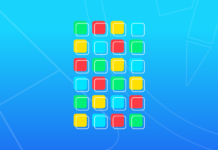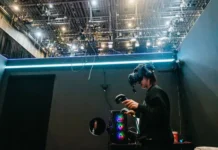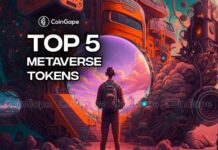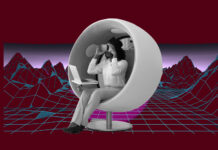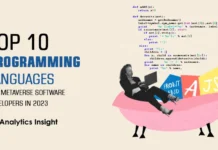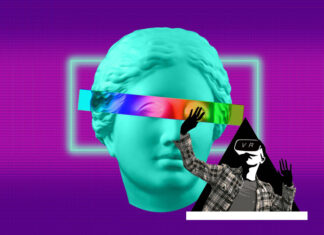It is crystal clear that everyone knows that Web3 is the third generation of the web, but what really is “Web3”? That is why we have created this article on Web3 Definition, plus examples plus FAQs. Continue reading if you are interested in Web3.
Web3 Definition
The term “Web3” (sometimes referred to as “Web 3.0”) refers to a new version of the World Wide Web that combines ideas like decentralization, blockchain technology, and a token-based economy. Some journalists and engineers have compared it to Web 2.0, where they claim that data and content are centralized in a limited number of businesses that are occasionally referred to as “Big Tech.” Gavin Wood, a co-founder of Ethereum, first used the term “Web3” in 2014, and by 2021, venture capital firms, major technological companies, and cryptocurrency enthusiasts were all taking an interest in the concept.
Related: A Complete Guide on How to Invest in Web3
Using ideas like decentralization, blockchain technology, and token-based economics, Web3 proposes a new version of the World Wide Web. It is a decentralized extension of bitcoin that uses blockchain in novel ways to achieve novel goals. Ownership is shared among its creators and users. Decentralized Autonomous Organizations (DAOs), which are organizations governed by rules and laws written into a blockchain, are another idea included in Web3.
Web3 Examples
Web3 offers better data control and privacy. Brave, Breaker Browser, Doge Art Club, and other decentralized finance (Defi) platforms are a few examples of Web3 applications. To learn how to program with web3, web3examples.com also offers lessons and examples.
Web3 FAQs
What makes Web3 essential?
The third generation of the internet, known as Web3, uses decentralized blockchain technology to return ownership and authority to consumers. It uses information in digital content but depends on cryptocurrencies and the semantic web. Currently, Web3 is a must and has capabilities that demonstrate its promise.
What use cases does Web3 have?
It has a variety of applications, including the Metaverse, a virtual reality-based environment that aims to merge the real and virtual worlds. Web3 can also have used for decentralized finance (Defi), decentralized autonomous organizations (DAOs), blockchain, and the Creator Economy. It also supports user-based input on static websites and text-based web pages.
Related: Web3 Examples
What are the main characteristics of Web3?
It will include web democratization, improved machine learning, and cryptocurrencies as a mechanism to compensate content creators. Furthermore, it will ensure seamless connectivity among ecosystem users and devices, be reliable by edge computing, decentralized data networks, and artificial intelligence, and return power to users in the form of ownership.
What are the advantages of Web 3.0?
It provides improved security and privacy, faster load times, and improved navigation, as well as the potential to resolve web 2.0 issues such as reliance on centralized protocols and servers. Furthermore, Web 3.0 has the potential to offer users features such as machine learning, natural language processing, artificial intelligence, and others.
Related: Web3 vs Web2








